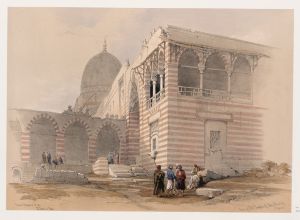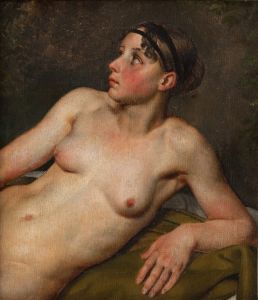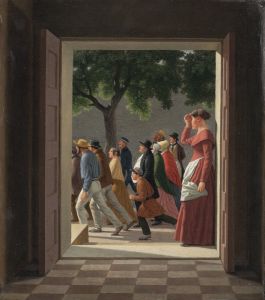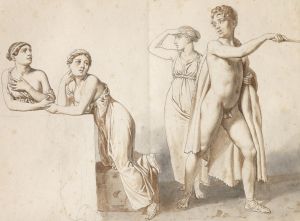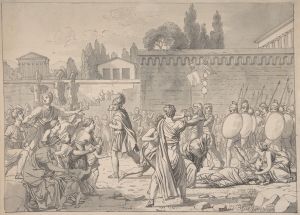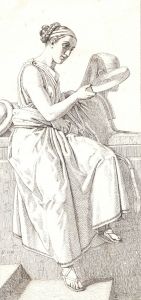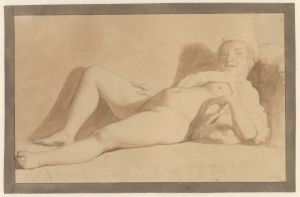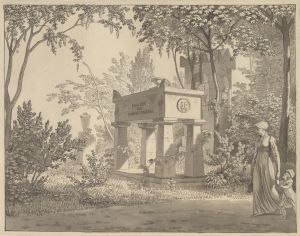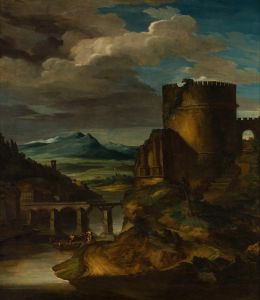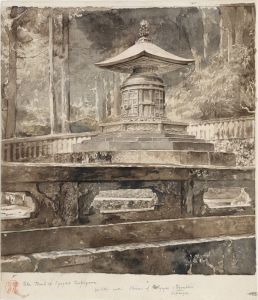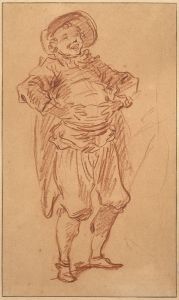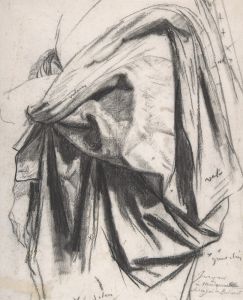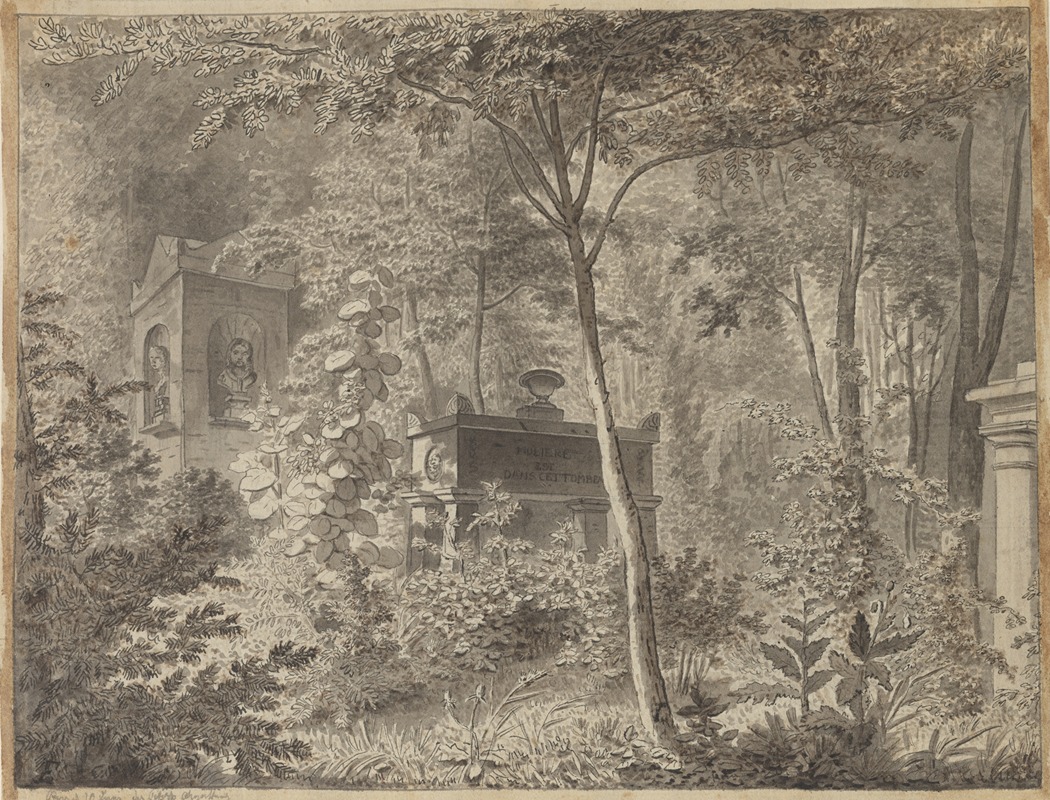
Ved Molières gravmæle i Jardin Elysée des Petits Augustins, Paris 10 Juni 1811
A hand-painted replica of Christoffer Wilhelm Eckersberg’s masterpiece Ved Molières gravmæle i Jardin Elysée des Petits Augustins, Paris 10 Juni 1811, meticulously crafted by professional artists to capture the true essence of the original. Each piece is created with museum-quality canvas and rare mineral pigments, carefully painted by experienced artists with delicate brushstrokes and rich, layered colors to perfectly recreate the texture of the original artwork. Unlike machine-printed reproductions, this hand-painted version brings the painting to life, infused with the artist’s emotions and skill in every stroke. Whether for personal collection or home decoration, it instantly elevates the artistic atmosphere of any space.
Christoffer Wilhelm Eckersberg's painting Ved Molières gravmæle i Jardin Elysée des Petits Augustins, Paris 10 Juni 1811 (translated as At Molière's Tomb in the Elysian Garden of the Petits-Augustins, Paris, June 10, 1811) is a work created by the Danish artist during his formative years in Paris. Eckersberg, often referred to as the "father of Danish painting," was known for his meticulous attention to detail and his ability to capture both historical and everyday scenes with clarity and precision.
This painting depicts a serene moment at the tomb of the French playwright and actor Jean-Baptiste Poquelin, better known as Molière, in the garden of the Petits-Augustins in Paris. The Petits-Augustins, originally a convent, had been repurposed during the French Revolution to house a collection of monuments and sculptures salvaged from churches, cemeteries, and other sites. This site later became the Musée des Monuments Français, a museum dedicated to French art and history, which was active from 1795 to 1816. The garden served as a tranquil setting for many of these salvaged artifacts, including Molière's tomb.
Eckersberg painted this work during his stay in Paris, where he studied under the French neoclassical painter Jacques-Louis David. This period was crucial for Eckersberg's artistic development, as he was exposed to the neoclassical style and the rich cultural heritage of France. The painting reflects his interest in historical and cultural subjects, as well as his skill in rendering architectural and sculptural details.
The composition of the painting is characterized by its balanced arrangement and careful attention to light and shadow. Eckersberg's depiction of the tomb and its surroundings conveys a sense of reverence and quiet reflection, which aligns with the neoclassical ideals of harmony and order. The work also serves as a testament to the enduring legacy of Molière, one of France's most celebrated literary figures.
This painting is an example of Eckersberg's early work, created before he returned to Denmark and became a central figure in the Danish Golden Age of painting. While the painting itself is not as widely known as some of his later works, it provides valuable insight into his artistic influences and interests during his time in Paris.





